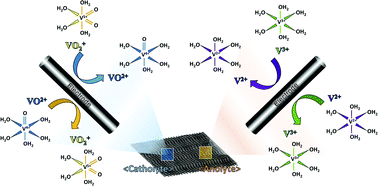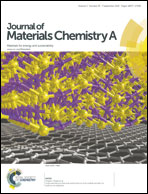A technology review of electrodes and reaction mechanisms in vanadium redox flow batteries
Abstract
The vanadium redox flow battery, which was first suggested by Skyllas-Kazacos and co-workers in 1985, is an electrochemical storage system which allows energy to be stored in two solutions containing different redox couples. Unlike commercially available batteries, all vanadium redox flow batteries have unique configurations, determined by the size of the electrolyte tanks. This technology has been proven to be an economically attractive and low-maintenance solution, with significant benefits over the other types of batteries. Moreover, the soaring demand for large-scale energy storage has, in turn, increased demands for unlimited capacity, design flexibility, and good safety systems. This work reviews and discusses the progress on electrodes and their reaction mechanisms as key components of the vanadium redox flow battery over the past 30 years. In terms of future outlook, we also provide practical guidelines for the further development of self-sustaining electrodes for vanadium redox flow batteries as an attractive energy storage system.


 Please wait while we load your content...
Please wait while we load your content...